There were 2,511 overdose deaths related to the unregulated toxic drug supply in British Columbia last year, meaning that an average of just under seven families a day lost a loved one.
This makes 2023 the deadliest year on record since the province declared a public health emergency nearly eight years ago.
Over 40,000 people in Canada have died due to toxic drugs since 2016, with nearly 14,000 of those deaths occurring in B.C.
Unregulated drugs are the leading cause of death for people aged 10 to 59 in B.C., killing more people than suicides, homicides, accidents and natural diseases combined.
To conceptualize the magnitude of the crisis, The Tyee has visualized some of the data points reported by the by BC Coroners Service last week.
Each figure represents a person who had a favourite pet, a favourite food, a lifetime of stories and moments with loved ones cut short because of toxic, unregulated drugs.
The deadliest year to date
There were 2,511 unregulated drug deaths in 2023. With the exception of 2019, when deaths decreased slightly, every consecutive year of this public health crisis has broken fatality records.
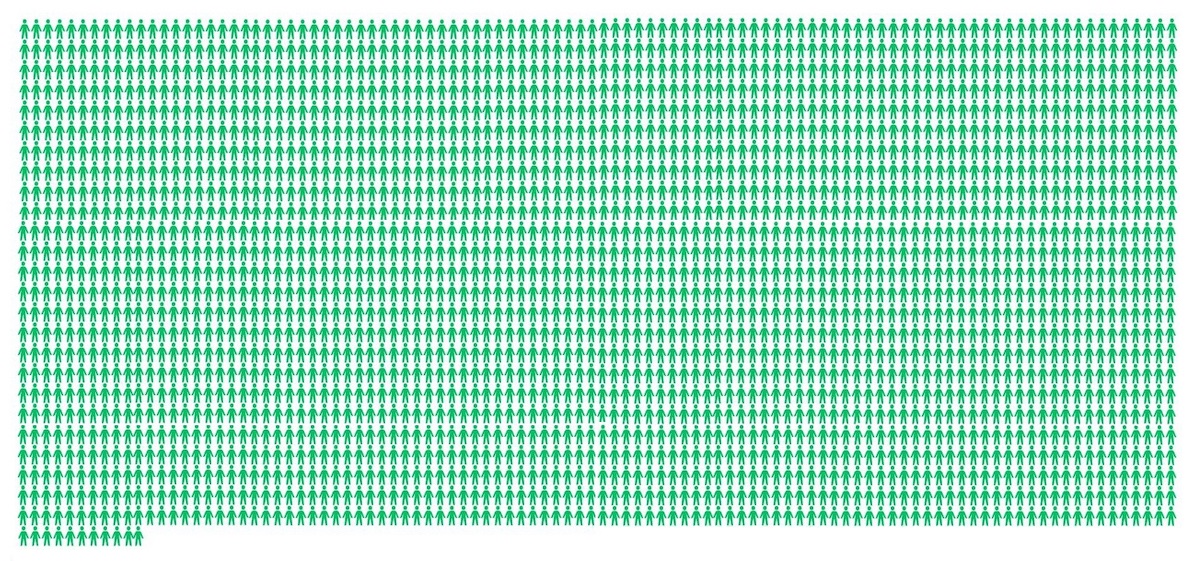
A gendered crisis
Men are overrepresented in this crisis. In 2023, 77 per cent of the people dying from overdose were male, and 70 per cent were between the ages of 30 and 59. The BC Coroners Service did not report if anyone who died was non-binary or gender diverse.
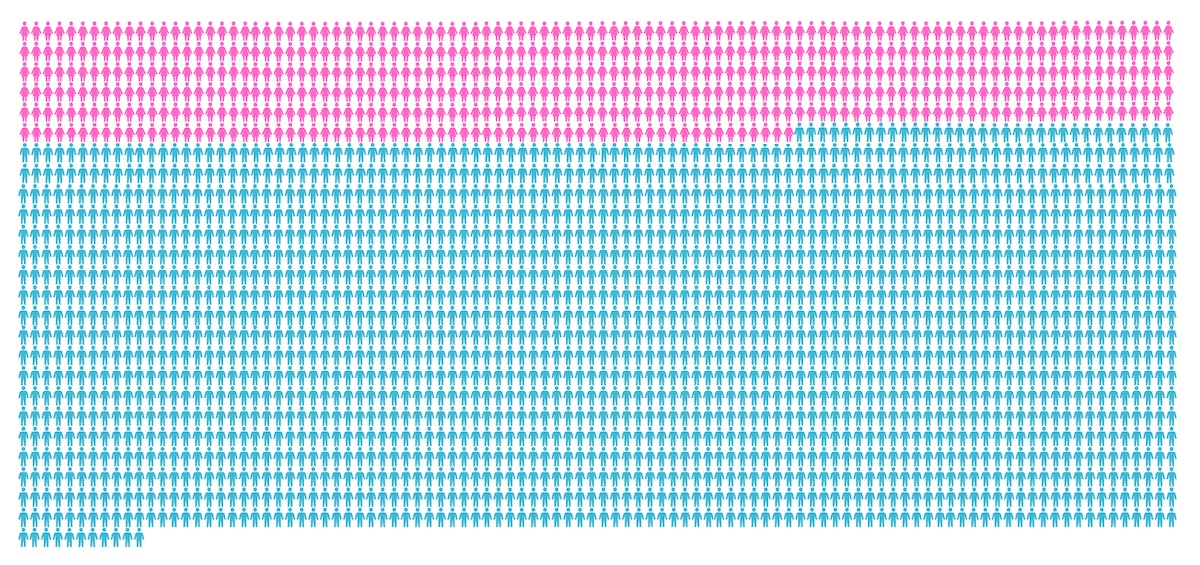
Smoking is the most dangerous way to do drugs in BC
B.C.’s chief coroner, Lisa Lapointe, told The Tyee there’s a public perception that smoking is safer than injecting drugs — but the data shows a different story, with smoking killing the majority of people in the province.
This means it’s “critically important” to increase the availability of overdose prevention sites that let people smoke drugs, Lapointe said.
The majority of people are dying indoors, not on the street
The data also shows the toxic drug overdose crisis is killing people in every part of the province and in every type of living situation. The majority of people die in a private residence, which shows how dangerous it is to use drugs alone, Lapointe said.
In 2023 just over one-quarter of all deaths happened in Vancouver, and three-quarters happened elsewhere in the province.
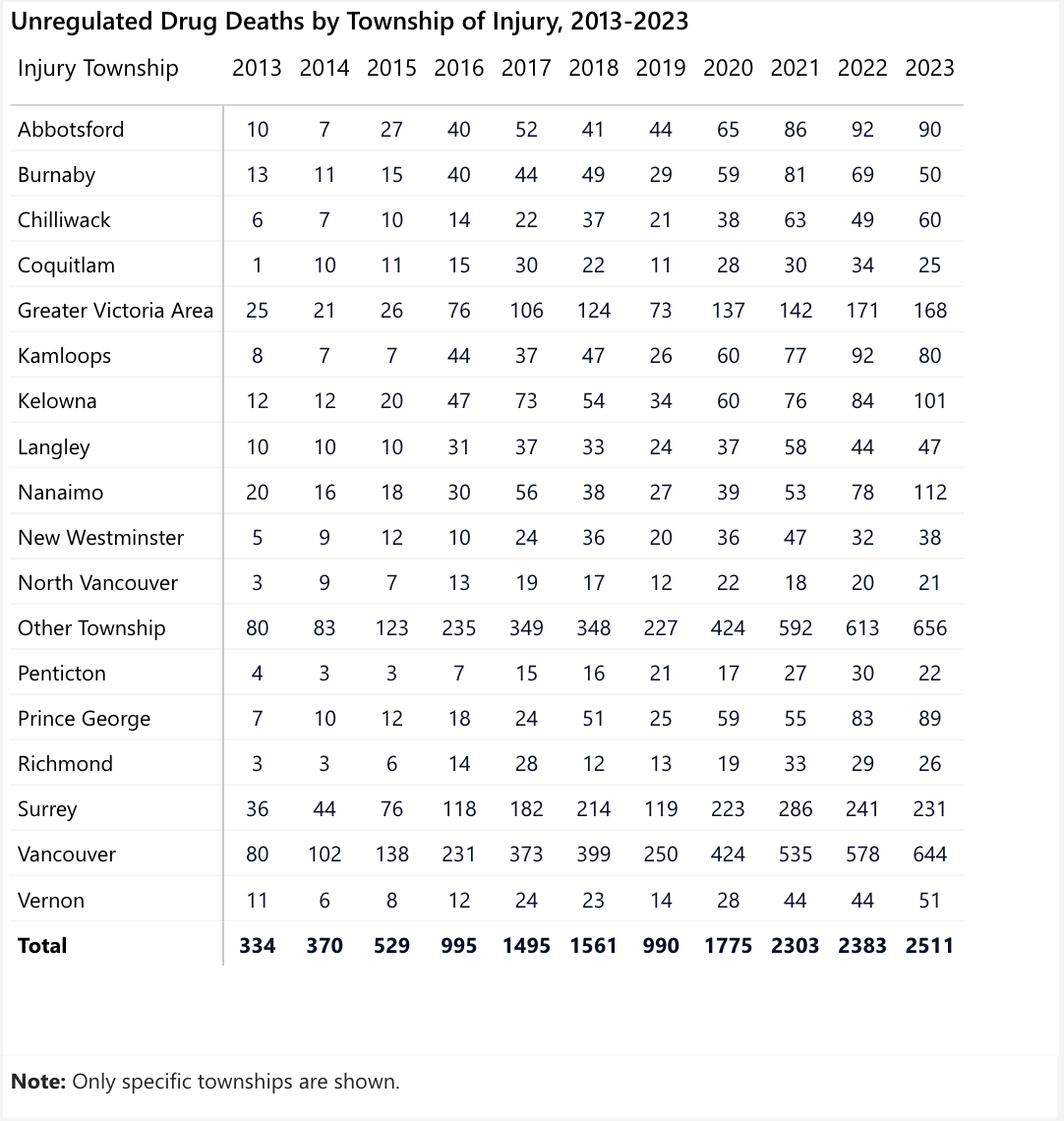
Breaking down the overdose deaths per capita shows that Prince George was hit the hardest out of all the townships reported by the BC Coroners Service, followed by Nanaimo, Vernon and then Vancouver.
Prince George has three overdose prevention sites, and Vernon has one.
People aren’t dying at overdose prevention sites
Here’s one place people aren’t dying: overdose prevention sites. There are 48 OPSs run by health authorities across the province and a single OPS can see thousands of patients in a year. In 2023 there was only one death at an OPS.

Eight years of a public health emergency
A public health emergency was declared in April 2016 due to the alarming spike in overdose fatalities, when deaths jumped from 529 in 2015 to 995 in 2016.
Since then, things have only gotten worse. As of the end of last year, 13,789 people had died after using toxic drugs from the unregulated market.
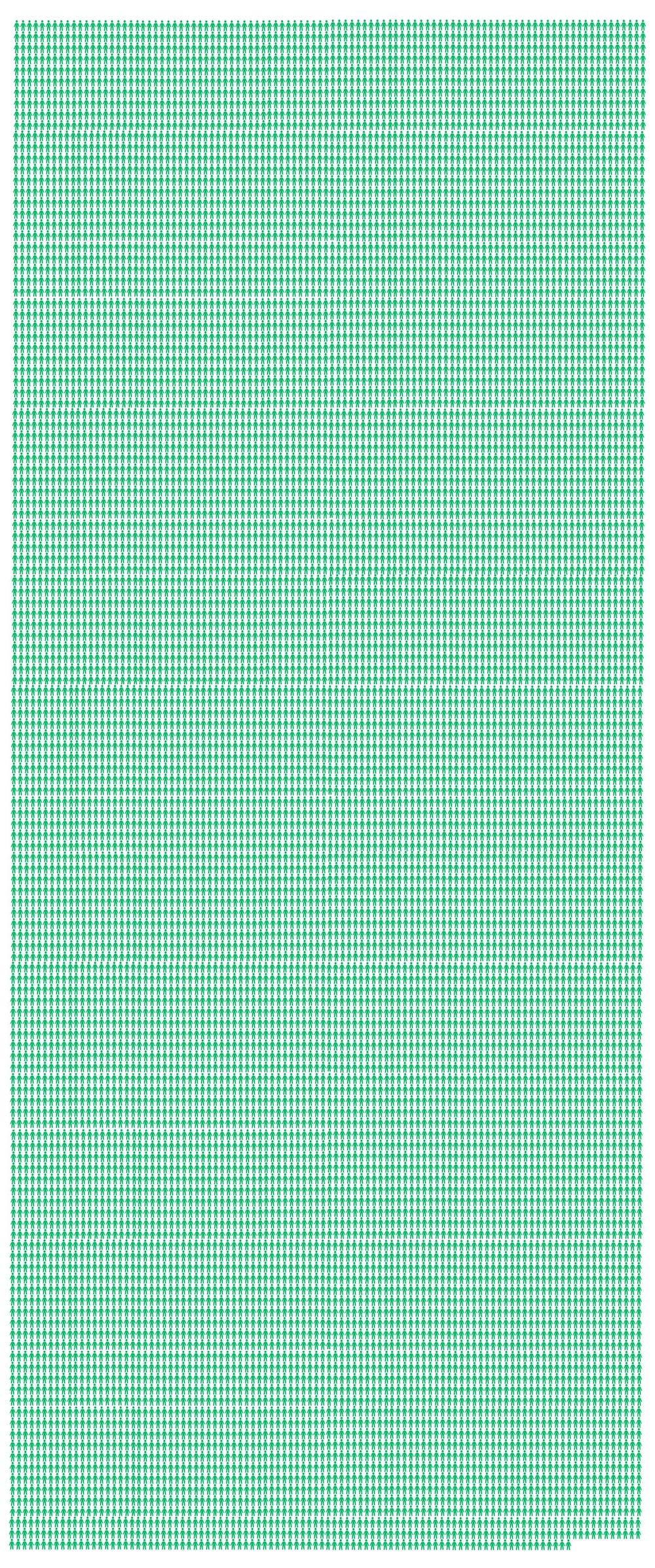
Read more: Health, Rights + Justice




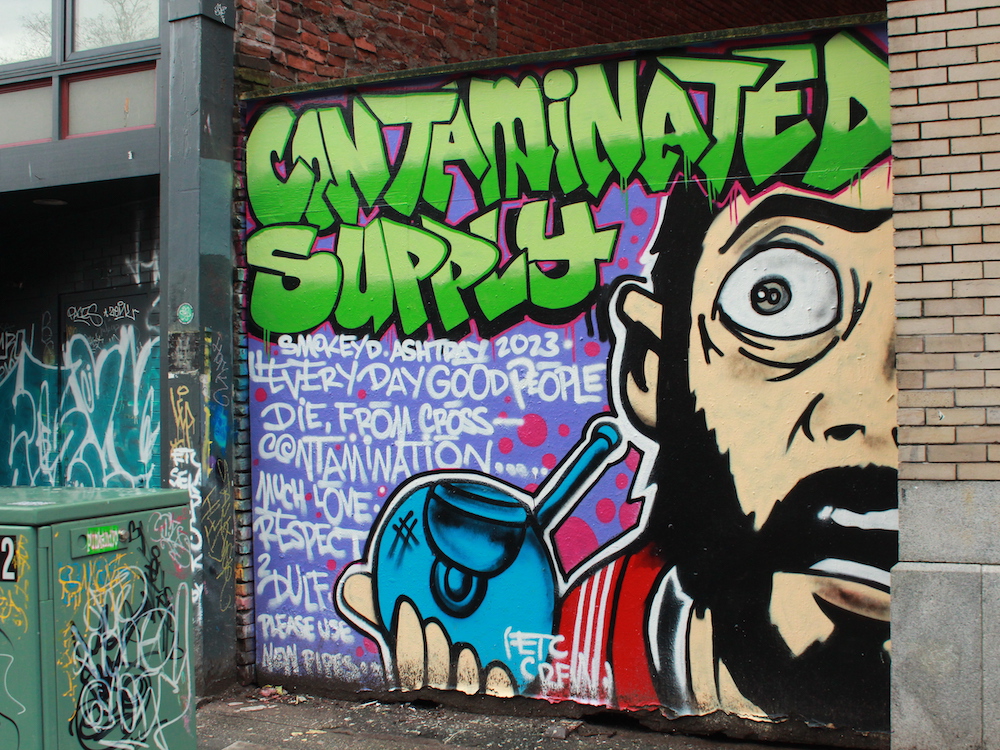












Tyee Commenting Guidelines
Comments that violate guidelines risk being deleted, and violations may result in a temporary or permanent user ban. Maintain the spirit of good conversation to stay in the discussion and be patient with moderators. Comments are reviewed regularly but not in real time.
Do:
Do not: